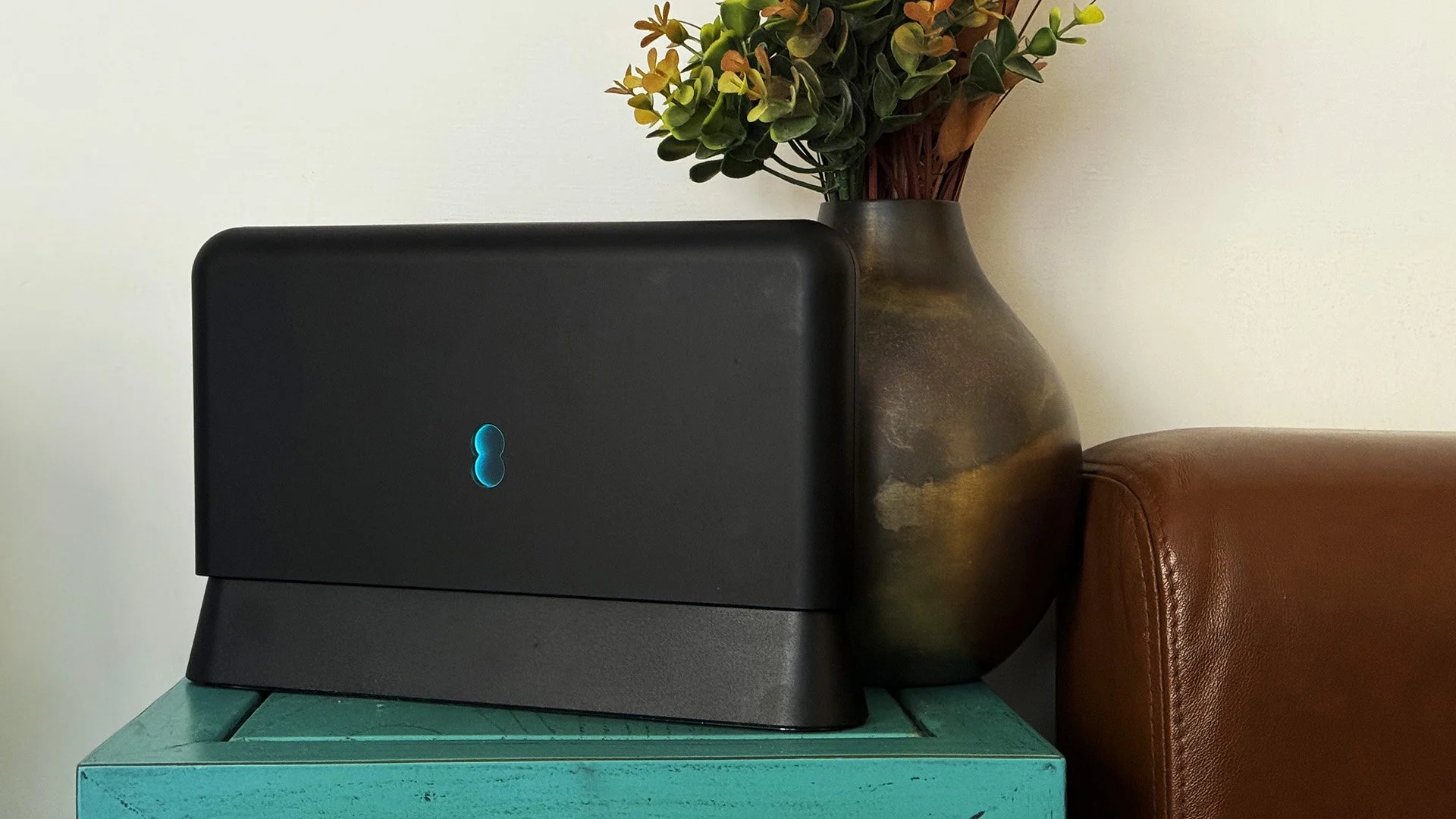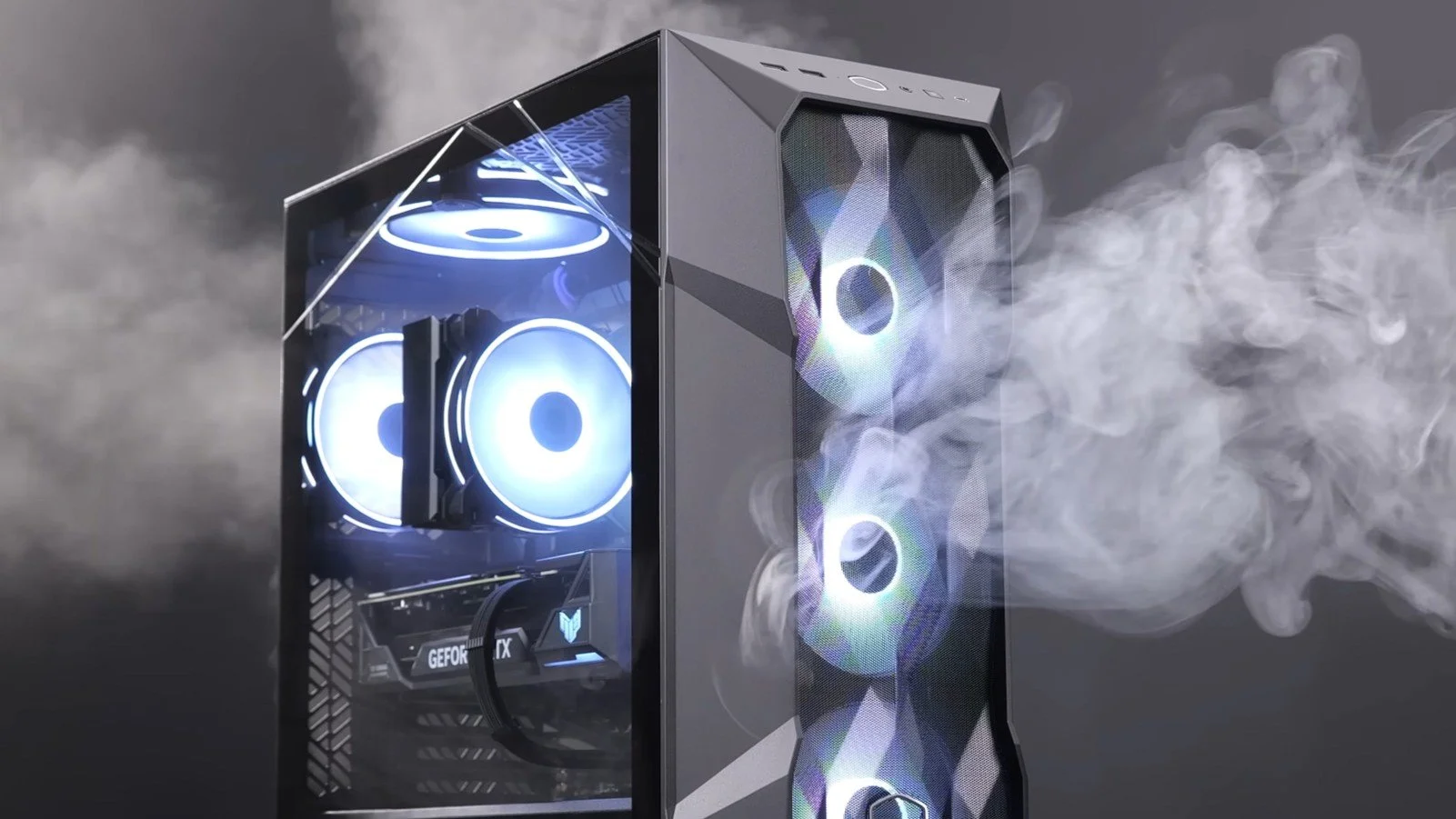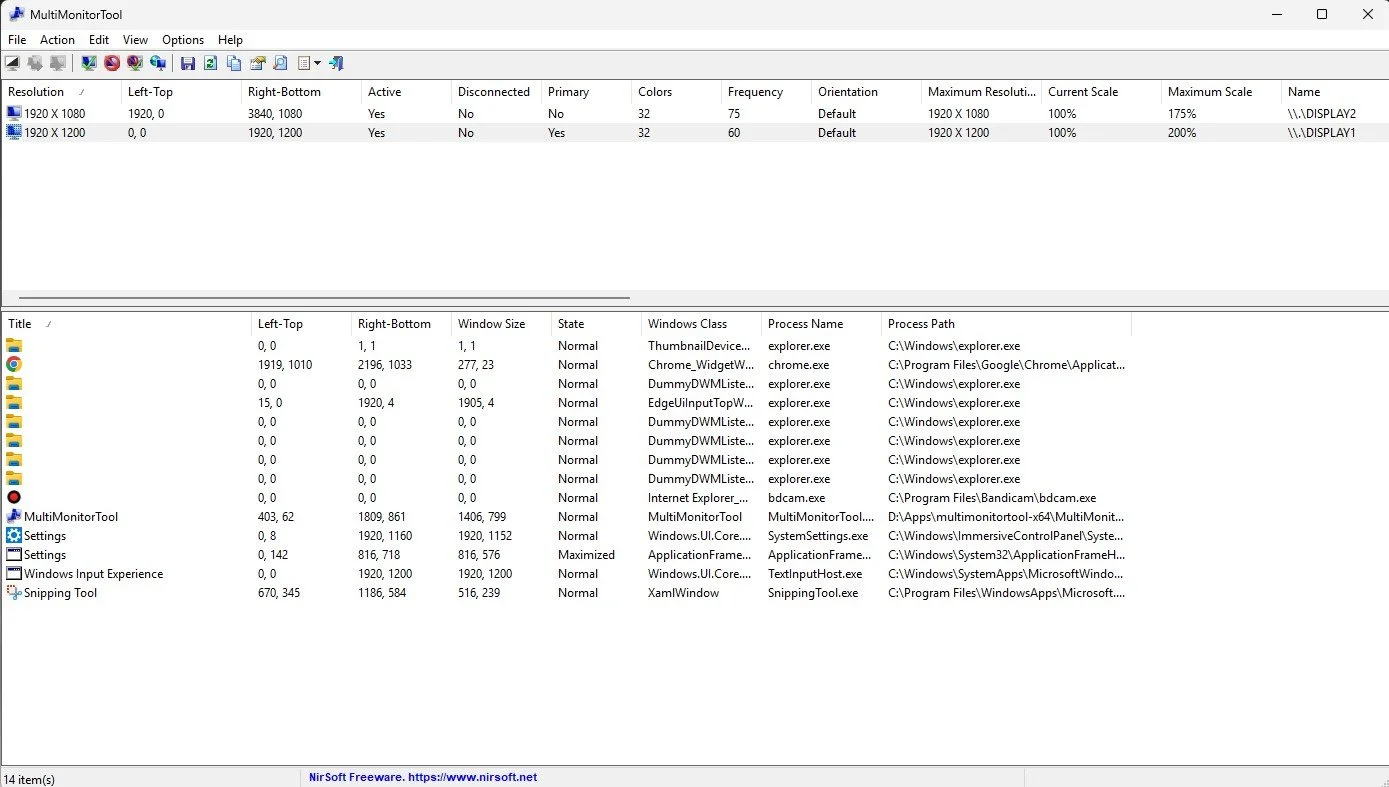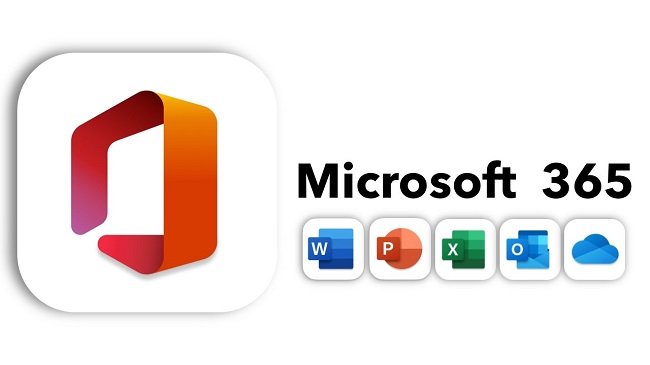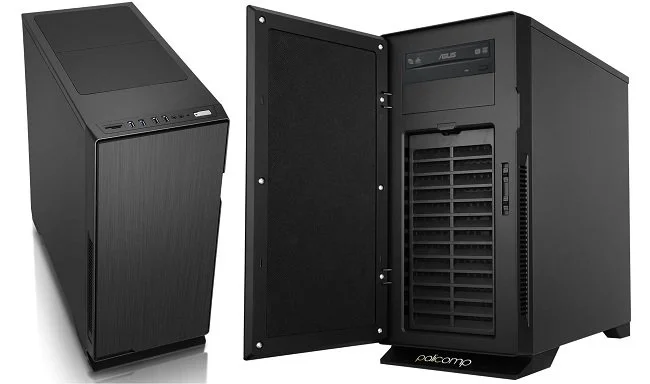A New Gaming Headset: A Convoluted Tale
I was at Crayford Sainsbury’s on Thursday (which apparently is their biggest store in the UK) and I saw that they were selling off Trust gaming headsets as part of the ongoing sale. As I had recently bought a new gaming mouse of the same brand, I sauntered over to the display and perused the sales blurb and subsequently bought one. To cut a long story short, due to an error on my part, I ended up purchasing an analogue headset instead of a USB one. This then raised a wealth of further software related problems, as well as logistical ones. My PC has far more strategically placed USB sockets, than 3.5 mm jacks. Hence, I have spent the last 48 hours troubleshooting this matter. Of course, I could have just returned the headset, but as it’s so devilishly comfy I decided against this. So here in detail are a list of the various problems that I encountered along with their respective solutions.
My current PC has four 3.5 mm jacks at the rear of the case. The speaker output is currently utilised by my Logitech speakers. The line in and out, as well as microphone jacks remain unused. The are two further jacks on the front of the case. These accommodate headphones and a mic input. I initially plugged the headset into the front jacks but then encountered the first tech issue. My PC has Realtek audio hardware built into the Gigabyte motherboard. I noticed that despite having installed the latest Realtek drivers, that there was no Realtek icon in control panel and so I couldn’t configure the PC to output sound to both the rear speaker jack and the front headphone jack. I checked via the default Windows sounds icon as to whether I could make the necessary change there, but it lacked the correct functionality. After some online research, I learned that the latest Creators Update to Windows 10 had broken the current Realtek audio software. However, if I rolled back to version 2.73 which is over a year old, the software still worked, was accessible via control panel and restored the Realtek icon in the system tray.
Once I had uninstalled the latest software and reinstalled the old, I could plug the headset into the front of my PC, set the headset as the default communication device and leave the speakers as the default audio device. Thus, game music routes through the desktop speakers and voice chat via discord is channelled to the headphones. This resolved the software issues I initially faced but then presented me with a different problem. The front facing jacks on the PC are under a hinged panel. I would either have to leave the headset permanently plugged in or manually connect it each time I used it. I don’t like excessive cabling left attached to the PC in this way, as it inevitably will get snagged on something and broken. Plus, I have a minor mania for tidiness concerning my work place, so I sought an alternative solution. After a further internet search, I found and bought a USB External Stereo Sound Adapter. It arrived today. The headset is now plugged into the USB adaptor at the rear of the PC. The headset cable itself, has a connector midway along its 2-metre length. I have threaded the first metre from the back of the PC, to the cable tidy grommet on my desk. Whenever I want to use my headset, I simply plug them into the female jack socket with minimal inconvenience.
One further issue has arisen from this change in set up. Analogue microphones have certain benefits over their USB counterparts. If you experience a low recording volume, it is easy to boost the gain on analogue mics. Recent Windows 10 updates have hampered similar issue with USB microphones. There are works around out there but they require installing two pieces of shareware. These may well be broken by further Windows updates and leaves you reliant on independent developers to maintain. However, because I had installed older Realtek audio drivers, the accompanying software appended the native sound settings in control panel, allowing me to use a previously absent AGC (automatic gain control) setting. This boosts the USB mic recording levels to a more acceptable standard and finally brings this convoluted tale to a conclusion. The total cost of the Trust GXT 322 Carus Dynamic Headset was £30 and I then spent a further £6.49 on the Sabrent USB External Stereo Sound Adapter. I now know far more about Realtek drivers, Windows 10 and its propensity to break other software as well as having a timely reminder that ad hoc PC tech support is often a pain in the butt.

